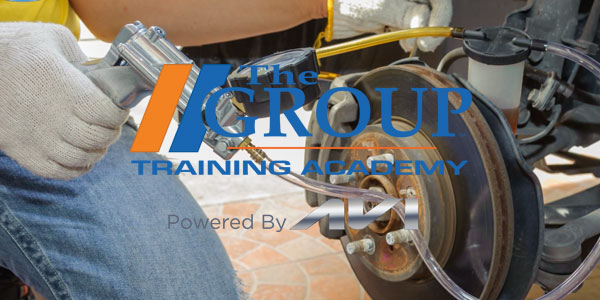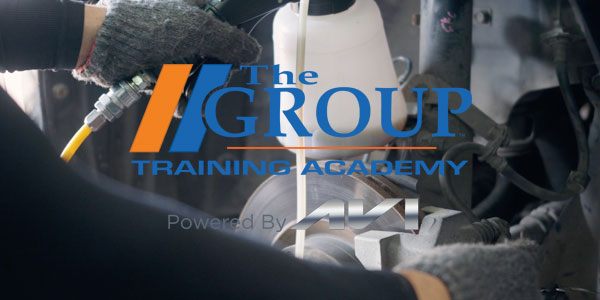Good brakes are essential for safe driving. One of the key components in a disc brake system is the rotor.
A. The price, obviously, is one difference, but there are also differences in rotor design and cooling, the type of iron alloys used to cast the rotor, noise, wear and overall performance.
Good brakes are essential for safe driving. One of the key components in a disc brake system is the rotor. When the brakes are applied, the calipers squeeze the pads against the rotor to create friction and heat. This converts the kinetic energy of motion into thermal energy (heat), which the rotors absorb and dissipate to slow the vehicle.
If the rotors are not up to the task, and do not absorb and dissipate heat efficiently, the distance it takes to stop the vehicle may increase. Poor rotor cooling also increases the risk of brake fade due to overheated brake pads, and can shorten the life of the pads. The hotter the pads run, the faster they wear.
The quality of the metal from which a rotor has a major impact on rotor life and performance. The better the metallurgy in the rotor, the better it will perform on the vehicle. Economy rotors are typically made from the cheapest scrap iron. Quality can be very inconsistent from batch to batch and even from one rotor to the next. This can create hard spots that lead to warping and pedal pulsation problems later on as the rotors wear. Rotors that are too soft may wear quickly, while rotors that are too hard may increase pad wear or be noisy. Poor-quality castings that lack the proper hardness and strength are also more likely to warp or crack at high temperature.
Unfortunately, there’s no way to judge the quality of a rotor by its appearance alone. An economy rotor may appear to be nearly identical to a premium-quality rotor, but the metallurgy is often far different. There are many different grades of cast iron, and some make much better brake rotors than others. The specific metallurgy affects the hardness and wear resistance of the rotor, its sound qualities and even its friction characteristics.
Some economy rotors also have thinner facings than standard or premium rotors to reduce weight and cost. The air gap between the two rotor faces is made wider to save several pounds of cast iron in the casting. This reduces the rotor’s ability to absorb and dissipate heat, which also increases the risk of brake fade under hard use, rotor warping, cracking and rotor failure.
Another area where economy rotors cut corners is in the design of the cooling fins between the rotor faces. OEM engineers go to great lengths to design specific fin patterns for specific vehicle applications. The number of fins and how they are oriented affects how well the rotor can dissipate heat. An economy rotor may have fewer fins, or the fins may be unidirectional so fewer part numbers can fit a wider range of applications. But most premium rotors will follow the original equipment design and use the same number of fins and fin configuration to assure proper cooling.
Replacing an OEM rotor that has 35 cooling vanes with an economy rotor that has only 28 fins may not seem like a big deal, but a 20 percent reduction in cooling capacity could make a big difference with prolonged heavy braking.
Many OEM rotors also have cooling vanes that are directional, so the right and left rotors are different. Directional rotors are designed to draw hot air away from the hub when rotating forward. Replacing directional rotors with unidirectional, straight vane rotors may cause a significant reduction in the venting and cooling of the brakes and hub.











